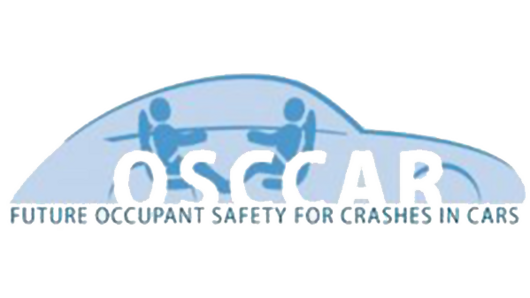Future highly automated vehicles (HAVs) will provide a much higher level of travel comfort for the occupant than today’s passenger cars. Accordingly, they will also lead to changes regarding how the occupants spend their time and behave during their travels by car and thus result in different interior designs and sitting positions. In addition, in view of the demographic changes our societies face, i.e. the ageing population, targeted changes and adaptations of scenarios, procedures and tools for occupant safety development, assessment and homologation, not addressed by current e.g. regulations or consumer crash tests, are needed. OSCCAR will analyze occupant vehicle safety requirements for HAVs and define the technological developments needed to enable the automotive industry to design and develop new safety systems for advanced, safe and comfortable sitting positions as well as provide overall advanced occupant protection principles.
These, in turn, need to be assessed with improved, harmonized human body models (omni-directionally biofidelic, active and robust), considering gender and demographic factors as well as improved soft tissues material properties. However, the resulting complexity cannot be fully assessed based on physical tests alone, but requires an emphasis on virtual methods, too. Therefore, OSCCAR will eventually develop a clear roadmap towards large scale implementation of virtual testing methods for advanced safety solutions, not only relevant in the automotive domain but also for two-wheelers, VRUs, or in sports.

